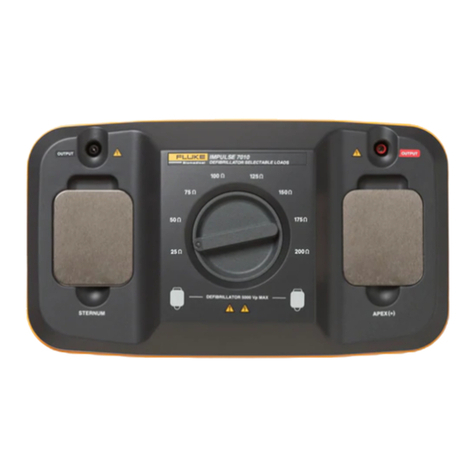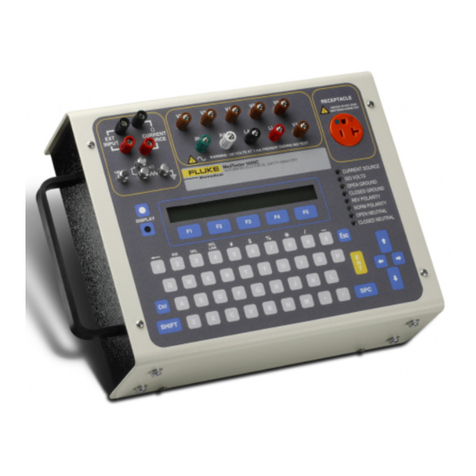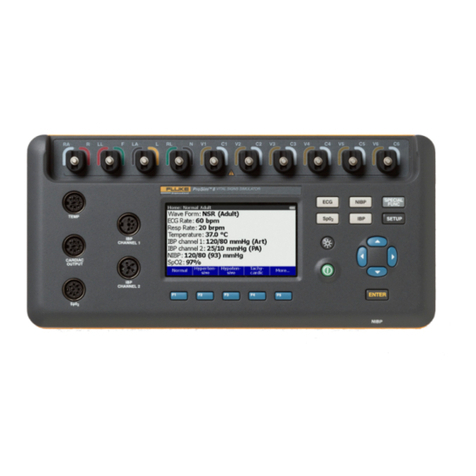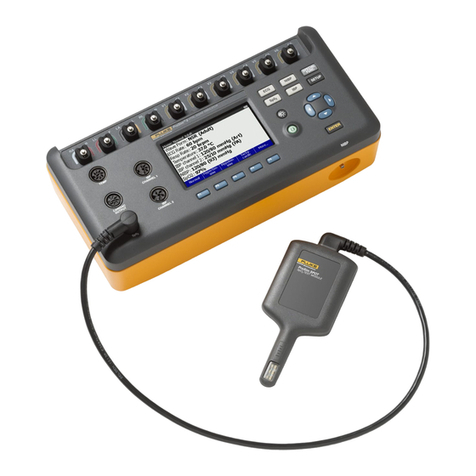Fluke Biomedical IMPULSE 6000D User manual













Other manuals for IMPULSE 6000D
1
This manual suits for next models
1
Table of contents
Other Fluke Biomedical Medical Equipment manuals

Fluke Biomedical
Fluke Biomedical 7010 User manual

Fluke Biomedical
Fluke Biomedical medTester 5000C Operators User manual

Fluke Biomedical
Fluke Biomedical ProSim 8 Series Parts list manual

Fluke Biomedical
Fluke Biomedical 190M III Series User manual

Fluke Biomedical
Fluke Biomedical ProSim 2 User manual

Fluke Biomedical
Fluke Biomedical ProSim 8 Series User manual
Popular Medical Equipment manuals by other brands

Getinge
Getinge Arjohuntleigh Nimbus 3 Professional Instructions for use

Mettler Electronics
Mettler Electronics Sonicator 730 Maintenance manual

Pressalit Care
Pressalit Care R1100 Mounting instruction

Denas MS
Denas MS DENAS-T operating manual

bort medical
bort medical ActiveColor quick guide

AccuVein
AccuVein AV400 user manual











